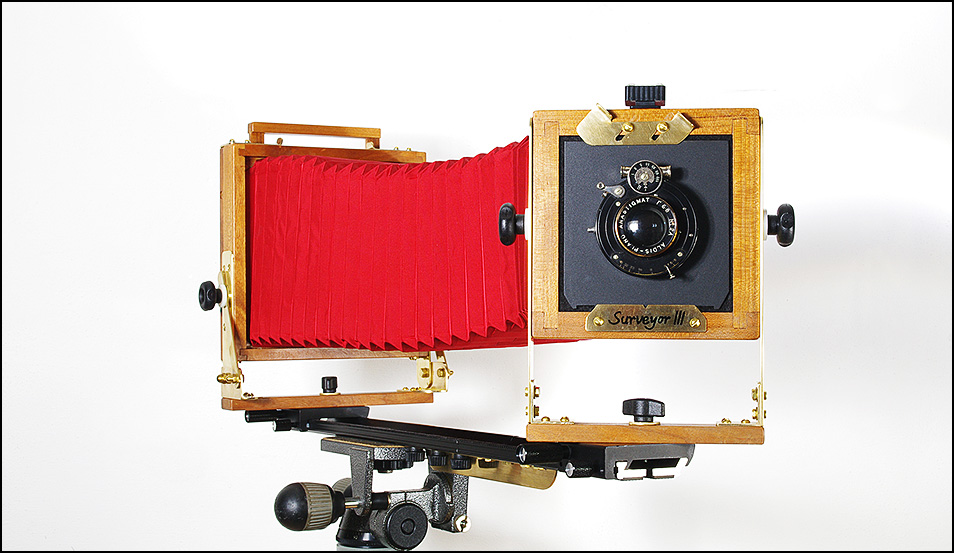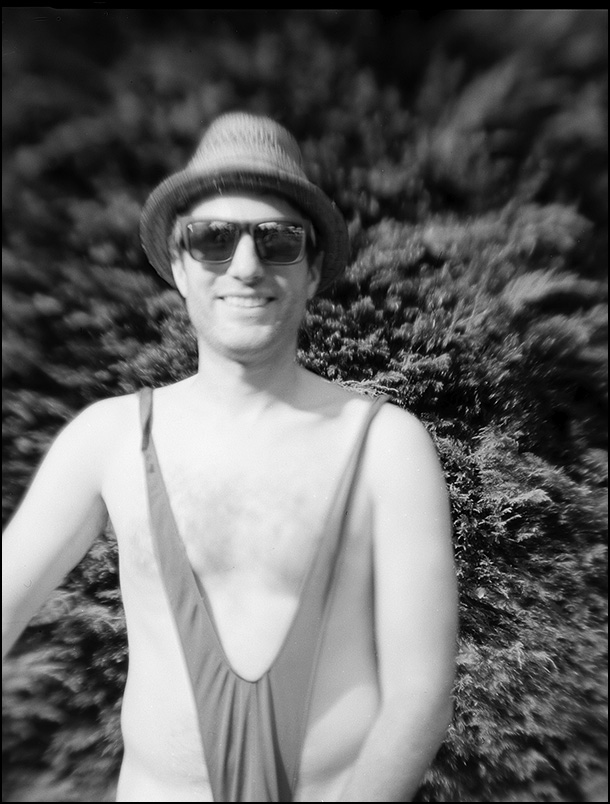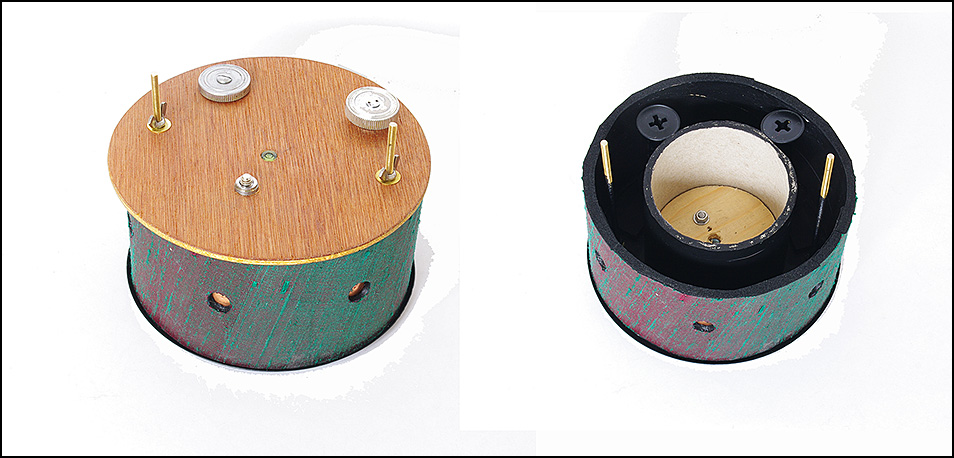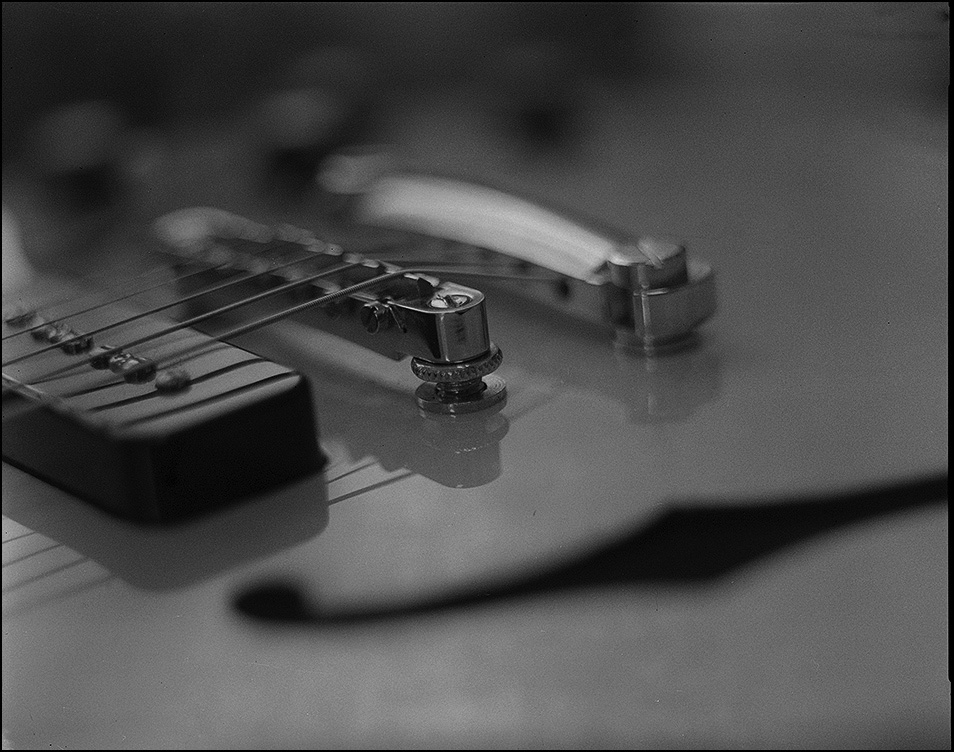As expected, 2016 began in January, but coming to the end I realised that I hadn’t done a review blog post for several years – four years in fact, as the only 12-month review I had ever done before was for 2012.
There are several reasons for this, which I suppose might be worth mentioning briefly. By 2013, I was working full time as a teacher and so shooting time was at a minimum, and at the end of that year I had the front of my house pulled off and a new kitchen and studio area built. It took more than the next year to get things back in order again. On the other hand, the bridge between 2014 and 2015 was a period of careful watchfulness at work that resulted in a successful redundancy, after which I was effectively on early retirement.
I’d ended 2015 and begun the new year using 4x5 sheet film with the revision of a point-and-shoot camera that I’d first made in 2003. The Tutone was better designed and better equipped for both 90mm lenswork and pinhole.
Tutone

11 Jan 2016, Swansea

Although I’d replaced the Surveyor I with a II some years before, I had the frustration that at 300mm the maximum extension was on the short side for some of the lenses I wanted to try. I’d originally had three meniscus lenses cut for the Garden Camera in 2003, but never had a suitable shutter to try them out on 4x5. On the one hand I needed to find some shutters to fit the 125mm, 170mm, and 240mm lenses, but I also needed to build a camera with a longer rail in order to do close up and macro shots with these three.
The first Surveyor had been a folding field camera, the second a short-base, non-folding, triple-extension design, and the Surveyor III was built on a rail that could be extended to 500mm. I kept the same axial tilt on the front standard that I’d used on the II, combined with a new version of base tilt at the rear. I also found shutters that could hold the 30mm diameter lenses.
Surveyor III

Hat Shot

For all the extra real estate of the 4x5 negative, it’s hard not to accept the logic of using 120 roll film, and at the same time I’d been looking closely at the ‘blended’ pinholes of other photographers. Different from the results of a double or multiple exposure, blending involves mating the edges of images from adjacent pinholes, which was going to be much simpler on roll film. A wholly new camera design was required; I built the Rotunda Pinhole from scraps I found in the workshop and then spent a couple of rolls chasing down and eliminating the more obvious light leaks.
Rotunda Pinhole

The Trees in SA1

Since the same could no doubt be done with 35mm, it was obviously tempting to try it out and so the Picket Pinhole was born.
Picket Pinhole

Along and Across the Tawe

This last shot was picked up as an ‘inspiration’ by a new pinhole blog and publisher, f/D, based in Cleveland, Ohio.
Middle of the year the high point remains the same, the grand and internationally oriented bike ride around Cardiff – the WNBR. An ex-rider myself, I’ve been shooting this event for the past five years and always come away feeling better for it and with some solid portrait shots in the bag. Did I mention that the riders are naked? That’s what the ‘N’ stands for. This year proved as successful as ever, both in terms of publicity in raising the profile of safer road use for all, and in the more decorative aspects of the day. Order of the day, as in 2015, was to shoot with the Mamiya Meniscus.
Style

Content

I picked up a number of parts at the Photographica Camera Fair in London in May which freed up other bits and pieces for some experimental camera building. I had leftover scraps of cherry and maple as well as different thicknesses of strip brass. What I wanted to deploy was the efficiency of a standard roll-film holder with a personalised focal length for the pinhole. The 38mm of the Hasselblad Superwide cameras seemed like a good target and once I had devised some clips for the rear it was quite straightforward to slip a pinhole disk into an empty lens element holder on the shutter.
I was a bit spoilt for choice on naming this one, but Blackbladder seemed vaguely appropriate.
Blackbladder 6x6

Meridian Tower, Swansea

There’s no doubt in my mind that the square beats every other format in offering a poetic challenge, but it’s the 6x7 that comes in second place. Perhaps, if you had a 6x7 film back like the Mamiya RB film holder I’d been using, you’d also have jumped straight into making up another pinhole camera. Or perhaps not, but anyway, I’d run out of orphan shutters so for this and the next camera I used a pendulum to cover the pinhole, and with the wider negative of each I slightly increased the focal length.
oRBo 6x7

Big Wheel

Some years ago I’d also picked up a Graflex 23 holder, a 6x9 format. I’d found a Linhof 6x9 back for 4x5 at Photographica and so the old one could now be bolted straight into its own pinhole nose. 6x9 only gives eight shots on a 120 roll, but on the other hand you don’t have much wastage if you need the longer format.
Graflic 6x9

Coming through the Canopy

Part of the summer was taken up with the conversion of an old half-plate camera to take 4x5 sheet film. The camera and lens were from around 1910 and needed both a new face plate to carry regular modern shutters, and a new rear mount and focus screen. It had one of those old-style, finger-trapping tripod arrangements so it seemed a good idea to create a base support as well, with a 1/4” tripod thread insert.
Sanderson

Bridge Work

Another boon from my trip to Photographica had been picking up a free sample of Fomapan’s ISO320 sheet film from the guys at Parallax Cooperative. I used it for the test shot with the venerable and ancient Aldis 200/4.5 lens.
It might not sound like the most creative outlet for energy but this was the year I picked up a cheap smartphone, and the natural follow on was to start an Instagram account. I probably spent two months formally randomising a collection of the better shots from over a forty year period, tiling images that are unrelated so they can stand on their own, each framed by its difference from its neighbours: no series, no padded stories, no associations between them, just the single image, one at a time, like a well-shuffled deck.

It might seem a bit of a stretch to include a few snapshots from the 1970s and say that they are equivalent to any of the portraits I’ve done more recently; and yet … the intent behind my framing and composing has barely changed over the intervening years, and the principle influences remain painters rather than photographers.
It also led to the rediscovery of shots that I’d previously ignored or projects I hadn’t completed. One of these was a panorama stitched from two Kodachrome slides – the intent had been clear when I shot them in 1983 and it was nice to be able to complete the landscape now, some thirty three years later.
Above Kagbeni, Nepal, 1983

As an alternative to carrying the Mamiya Meniscus when travelling I’d used a Voigtlander single lens element on a converted Agfa Isolette. The shutter from that combination was now sitting on the Blackbladder so I had to find a position for the lens in the new focal length. The year closed off with a few rolls through the Blackbladder, both with pinhole and with a single lens element.
Flying Figurehead
